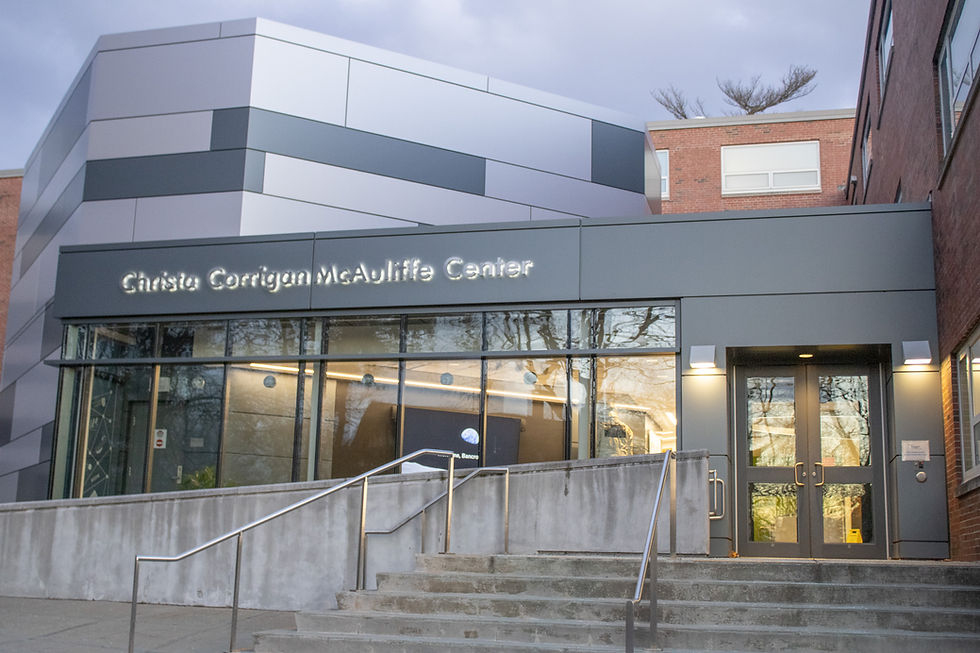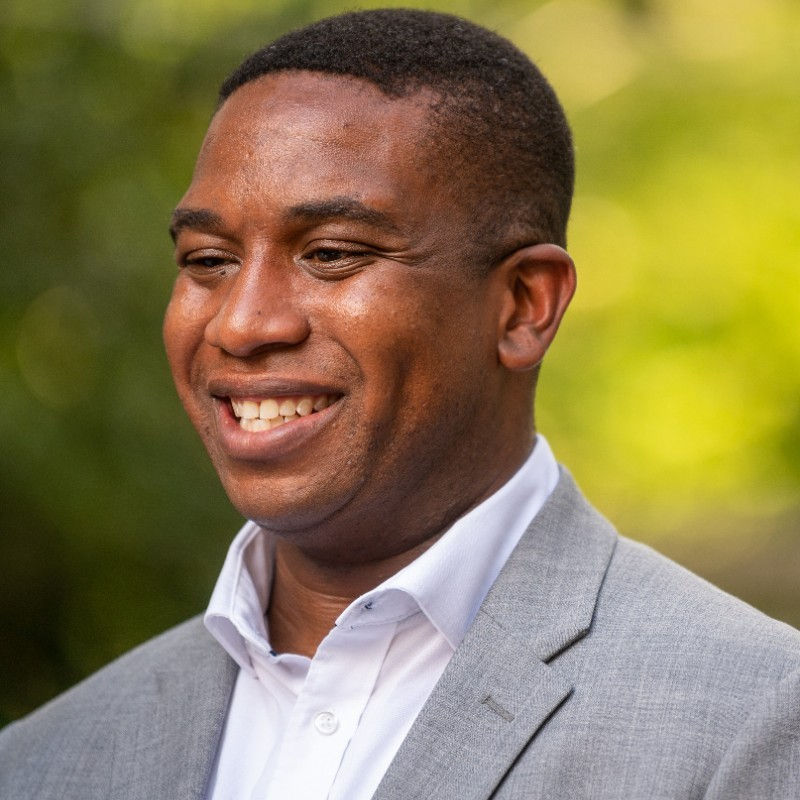FSU faculty members reimagining the first year
- Nick Murphy
- Apr 13, 2017
- 7 min read
By Nick Murphy
The Center for Excellence in Learning, Teaching, Scholarship and Service (CELTSS) kicked off its Spring Conference on Teaching First-Year Students with a workshop and collaborative teaching fair.
The workshop took place on March 7 and the teaching fair occurred the following day.
Both events aimed to help faculty learn new ways to approach class discussions, assignments and pedagogies specifically directed at Irst-year students.
These events are just some of the ways faculty members at FSU are participating in the Reimagining the First Year (RFY) project.
According to the RFY website, “RFY is a project aimed at ensuring success for all students, particularly those who have historically been underserved by higher education: low income, first generation and students of color.”
FSU is one of the 44 institutions of higher education taking part in RFY. Each of the institutions will focus on four main areas to bring about a positive change for first-year students.
These areas include institutional intentionality, curriculum redesign, changes in faculty and staff roles and changes in student roles.
Elaine Beilin, director of CELTSS and English professor, said “First-year programs have really been the main focus of what I’ve done during my time at FSU.”
Beilin said much of her work with first-year students involves helping them establish a strong
foundation – one that encourages them to become actively involved in their learning while instilling a sense of confIdence in them.
“I’ve been really interested in the transition time when students come in from high school and begin their university careers. I am also interested in how they develop new strategies to take on the challenges of higher education.
“I want to know what kind of teaching helps students make that transition,” she added.
Ten years after its creation, FSU’s First-Year Foundations program has continued to grow and develop new ways of addressing student needs.
“I volunteered for the First-Year Foundations Steering Committee and I’ve served on that committee for 10 years,” said Beilin.
“My colleagues and I really worked hard to shape that program to consider the whole student – someone who is learning to think, to write and to engage in debates in a way they hadn’t in high school,” she added.
Ben Trapanick, director of first-year programs, said, “First year students are entering a completely new environment when they come to college, and it’s important we help make that difficult transition as smooth as possible.”
Beilin added, “For many of our first-generation students, it was about entering a world in which they had limited support or little information about.”
Along with first-generation students, Beilin believes it is important to assess and understand the various student demographics that appear in any given classroom.
“When I taught Expository Writing, I would often say the real name of this course is ‘Confidence 101.’ Because very often, our students know things but don’t necessarily have the confidence to display that knowledge or they feel like they aren’t capable, when they are,” she said.
“I say it until I’m probably blue in the face, and people are probably tired of hearing me saying it, but we have to teach the students in front of us. It’s important for us to understand who those students are,” she said.
To support the idea of teaching the students who are enrolled at FSU, CELTSS hosted a workshop to help faculty construct new ideas related to teaching first-year students.
The workshop used data collected by the Before College Student Survey of Engagement to provide information about students’ expectations of their first year of college.
The information obtained from this survey is then utilized to help teachers develop new assignments, lead engaging discussions and update teaching practices.
Trapanick said, “We want to help build a strong foundation for first-year students. It’s a collaborative effort, but we want to instill a sense of belonging so students who choose FSU feel like they belong here.”
Beilin said it is important to foster student’s development through a process of deep learning.
The concept of deep learning encourages students to take control of what they learn, to think critically and to become self-driven learners.
In her presentation, Vandana Singh, chair of physics and earth science department, explained how she attempts to achieve this level of deep learning in the classes she teaches.
“I use what I like to call concept mapping to help my students with material or problems they are presented with. Concept mapping can be used to achieve a deeper learning, as it enables students to lay out and break down a problem or idea in front of them.
“By forming a web of connections, students can see how various concepts interact and those formed connections encourages a deeper level of understanding,” said Vandana.
A concept map incorporates general concepts in various bubbles. These standalone ideas are then connected by “linked words” that help provide context.
While Singh admits that concept mapping may not be the go-to strategy for all, she requires her students to try it.
“I encourage students to branch out of their comfort zone and try concept mapping and to continue to try it for at least a month. It’s really important to help to break students of the habit of a fixed mindset,” Singh said.
While her feedback about the system has varied, she has received testimonies from students who said, “I wouldn’t have passed the course without them.”
In her presentation, Sarah Adelman, history professor, talked about how she implements online-learning modules to supplement the courses she teaches in introductory history.
These learning modules were designed to close the gap between struggling and successful students and help them develop required skills.
The modules also provide students with a back catalogue so they can review material from earlier in the semester anytime they desire.
These modules aim to assist those who are taking online courses by offering them a more
comprehensive experience.
“Being able to teach students through various multimedia outlets is a huge boon to the history
department. These learning modules allow us to help students carry on information from one class to another as they advance in their college career. We want students to accumulate a wealth of information – not just compartmentalize it to do well in one class and then forget it,” Adelman said.
Besides learning strategies in the classroom, English professor Alexander Hartwiger believes it is beneficial for first-year students to develop a global perspective. He discussed this further in his presentation.
“I often have my students think about what it means to be a part of various groups. I want them to think about the values that community endorses and ultimately, what it means to be a global citizen.
“Whether they realize it or not, every student has some sort of global perspective even if that
perspective came from a local level. I want students to recognize the lens they see the world through and help them develop a more encompassing perspective,” said Hartwiger.
As an introductory exercise, Hartwiger has his students draw a map of the world. The point isn’t to finish it, but rather to see what is included and what gets left out.
“Most of my students end up drawing an Atlantic-centered ^at map, and I want them to question why they are doing that and why some areas show up much more consistently than others,” he said.
Nicole Rossi, psychology professor, wants her students to feel like they belong in the classroom and she wants them to feel confident speaking in front of and with their peers.
Her presentation focused on how she achieves these goals in her first-year classes.
“Every semester, I assign a project that involves groups of two to three students selecting a myth from the book ‘50 Great Myths of Popular Psychology,’” she said.
Rossi then has the students set up a survey to assess what others believe about the myth. After the data has been compiled, the students complete a Inal write up in paper form, which is then presented through PowerPoint.
“I’ve had many students react positively to the project and it helps them become far more comfortable working with and presenting in front of their peers. The myths are also very accessible.
“The project aims to get students into the habit of actively constructing something on their own while working with others, I want students to work hard and I want them to have fun with it,” she said.
While every teacher’s style varies, Beilin said everyone’s goal is to help students achieve a successful first year.
“We aim to implement pedagogies that support active learning in the classroom and student
engagement. Everyone has had the experience of cramming for an exam, but if you attempt to pull that information weeks later, it’s nearly impossible to do so. Instead, we want students to learn to draw from a wealth of information that they actively participated in learning,” said Beilin.
Freshman Mary Elizabeth Gallagher said, “Many of the classes I’ve taken so far have made me want to get involved and care about the subject at hand, more so than in high school.”
Freshman Samantha Leo said, “Even though I didn’t study as much as I could have for one of my Cultural Anthropology tests, I ended up doing really well on it. It made me realize that because of my effort and participation in class lectures and discussions, I had all the tools I needed to succeed on the test.”
Janella Tibbets, a sophomore, said, ‘When I first transferred here, I was surprised by how engaged the teachers are in your learning. They really want to see you succeed, and they offer plenty of help along the way.”
Freshman Isaac Vu said, “I’ve never been intimidated to ask for help here. Both the teachers and faculty members are always ready to help and answer any questions I have.”
Beilin said, “If a student does poorly on a quiz, we want them to learn how to do better, not simply say, ‘I don’t belong here.’ Instead, we want the student to recognize they are capable. We want them to persist.
“We want them to know that, ‘Yes, I am challenging you, but I am also here to support you and if you work hard, you can do this,’” she added.
For Beilin, the concept of teaching first-year students is a process that continually evolves and changes.
“I signed up to teach Reading Literature again in the fall. I love all the classes I teach. There is no question about it, but there is something really quite different about teaching a first semester of first-year students. You have to use a very different approach to the context of your course and even that changes with every individual class,” she said.
“I would argue that how you teach the content is even more important than the content itself, especially when it comes to first-year students. In these classes, you want to get students to engage. You want them to develop skills not only for University success but for success in life. It’s about meeting students where they are and then pushing them to go further,” Beilin said.
She added, “You never stop learning about how to teach better, and when faculty, staff and
administrators work together, we work best for the advantage of the student.”





